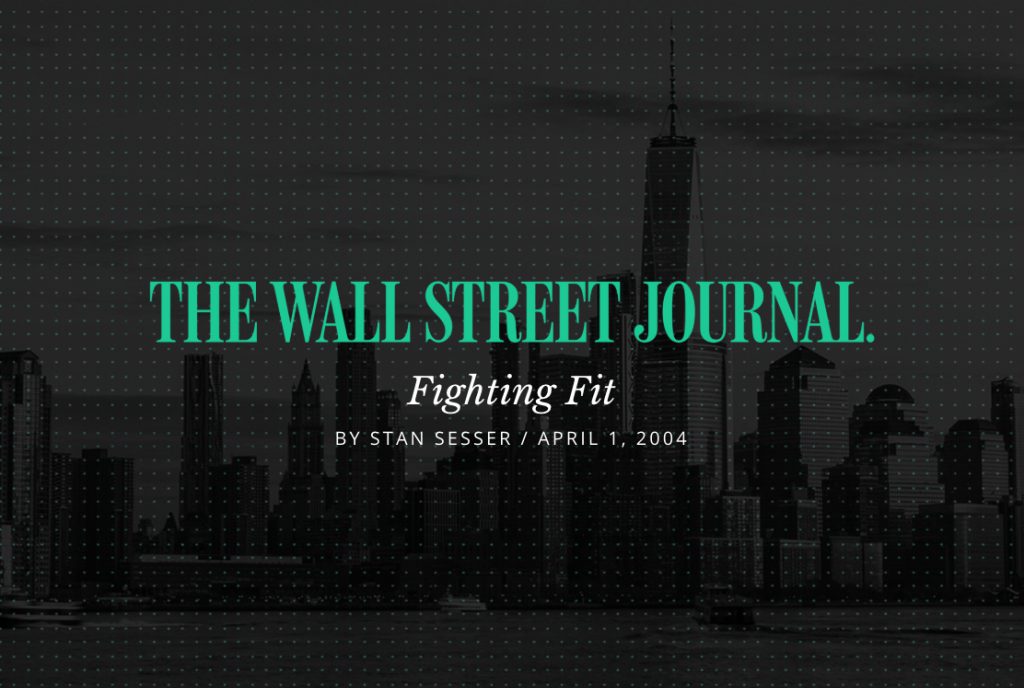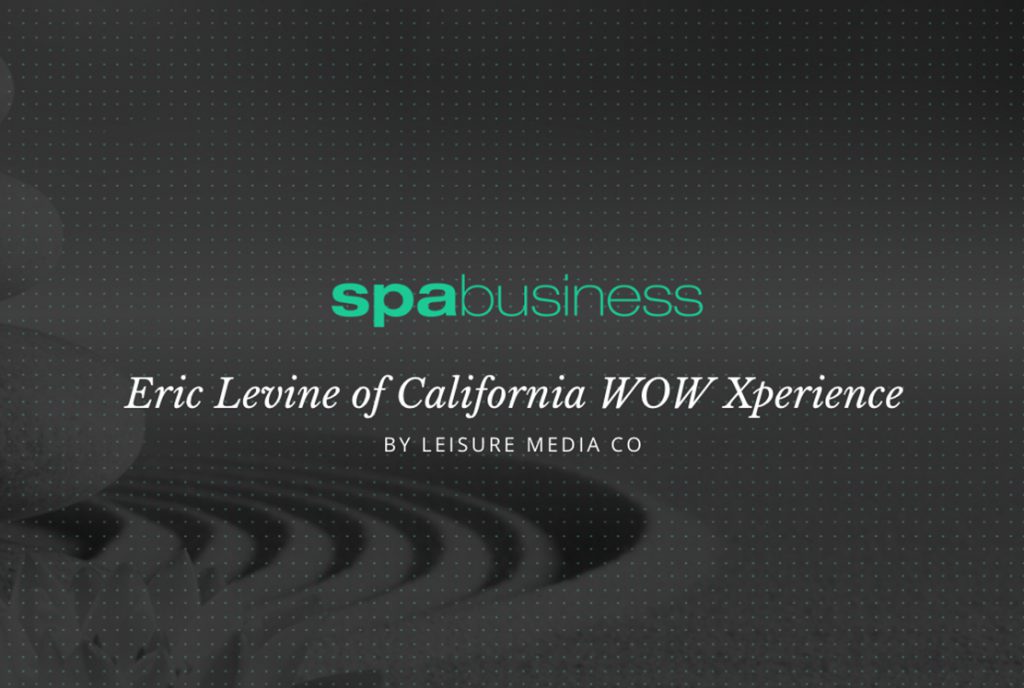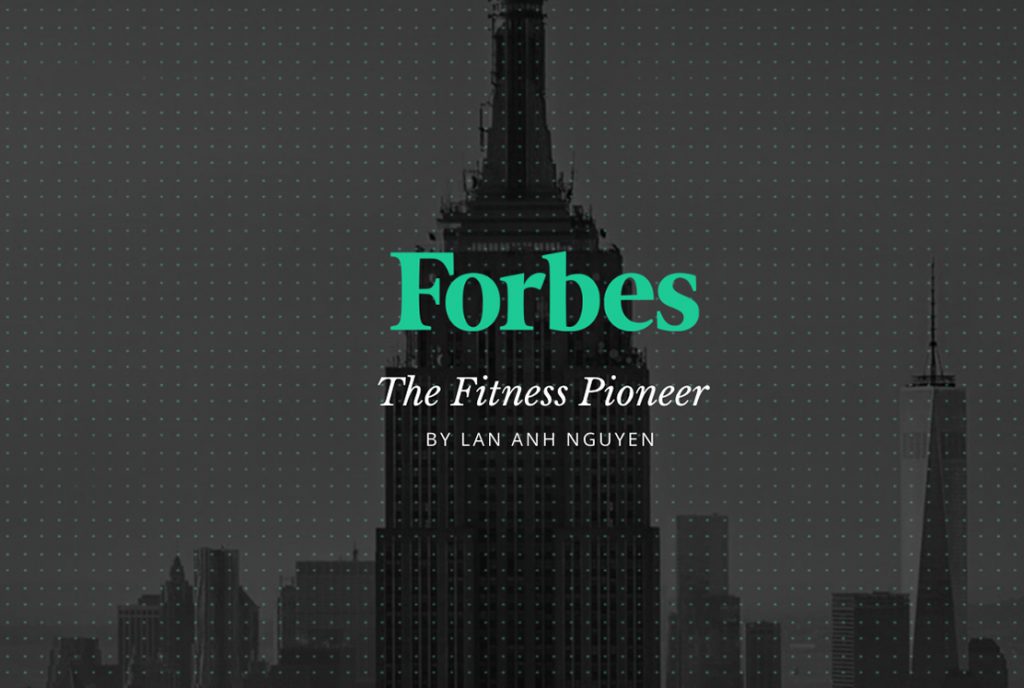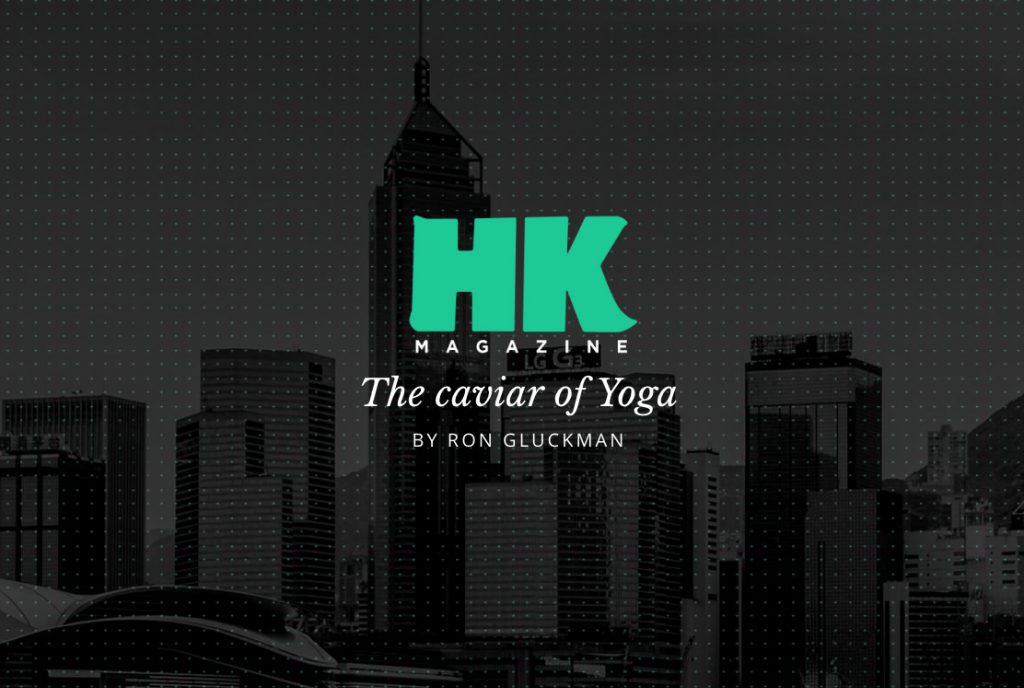

BANGKOK, Thailand – Seven days a week, Pongchuk Pissathaporn, the 31-year-old owner of an interior-design business, drives 25 kilometers into central Bangkok to exercise at his gym. The drive and workout take up about four hours of his day — much more if there are traffic jams — but Mr. Pongchuk isn’t concerned. “This is my home,” he says, only half joking, pointing at the Silom Road high-rise office building where California Fitness has a gargantuan facility — five floors housing row after row of exercise machines, plus rooms for everything from “spinning” classes (frenzied, en masse peddling of stationary bicycles) to “body combat” (stylized martial-arts moves to music). If not a home, it’s at least a second home. At California Fitness, Mr. Pongchuk estimates he knows 200 people — his entire social circle. “All my close friends come here,” he says. “Here I can relax, see my friends, and be very happy.” Across Asia, young adults like Mr. Pongchuk are flocking to fitness centers, many of them gleaming multifloor facilities with the latest equipment, in cities that only a few years ago offered just a handful of small, dingy gyms. As a result, these new converts to fitness are coming to see themselves, their bodies and the concept of physical beauty in ways their parents could never have imagined. “For Thais previously, exercise was not important; they paid no attention to their body,” says Sumet Viwatmanitsakul, a 29-year-old Bangkok travel agency manager who visits California Fitness several days a week. “For the old generation, exercise was just like working at a job. The new generation cares about how their bodies look.” Mr. Pongchuk says that “the lifestyle of Asians was just to spend all their time working. Their only entertainment was to eat and drink. But I think about the future. When I grow old, I want to be healthy.” Asians have always been interested in feeling good — Asia, after all, is where such things as acupuncture and herbal and ayurvedic medicine have their roots, and the health-giving qualities of certain foods are enshrined in lore. But, traditionally , exercise was confined to activities with a more spiritual component such as tai chi and yoga. Competitive sport was not a high priority and muscles were considered the hallmarks of people who were forced to do physical labor. Even a few years ago, “family life was different in Asia,” says Steve Clinefelter, Hong Kong-based president of California Fitness. “The emphasis was on grades, test scores and getting into college, while in the U.S., sports and physical fitness were equally important. As a result, fitness levels here were significantly lower than in the U.S.” But Asians’ perceptions about exercise, fitness and body image have gradually shifted over the past decade, largely as a result of the growing gym culture. The first California Fitness Center opened in Hong Kong eight years ago, and the British-based Fitness First arrived in 2001. Between them, these privately held chains, the two biggest in Asia, now have 17 branches in Hong Kong, 22 more throughout the region in cities including Tokyo, Bangkok and Shanghai, and a combined total of 213,000 members. In May, Hong Kong-based privately held chain Pure Fitness will open a 2,800-square-meter facility in Hong Kong’s tallest building, Two International Finance Center, that will literally carry the concept of a fitness center to new heights, with a rock-climbing wall and an altitude chamber where members can train for high-mountain expeditions.
Despite the array of exercise choices available, Asian gym customers aren’t interested in building bulging muscles. Where skinny was enough for their parents, skinny and firm is the rule for both men and women of the younger generation. “Asians want a sleek and toned look rather than a muscular look,” says Eric Levine, the founder of California Fitness. “Sleek like a cat.” The major exception, he says, “is that men are into muscles much more in Singapore and the Philippines, and I can’t explain why.”
Mr. Levine adds that the ideal body emphasizes the stomach area. “Men now want a six-pack, which means six ripples in their stomach, and they want a vein showing in their biceps. A lot of women are wearing their pants low and want a perfectly flat stomach.”
Mr. Pongchuck agrees that the muscular look is definitely unfashionable. When he first joined California Fitness three years ago, he worked out for four hours a day instead of the current two hours. His weight dropped from 90 kilograms to 65 — he proudly shows off photos he keeps in his wallet of his old, porky self — but he found he was getting too muscular, so he cut his workout in half. “I use lower weights so my muscles don’t get too big,” he says. Now, his daily workouts include not only weight lifting, but also alternate aerobic exercise classes: body combat, spinning and stomp — the latter featuring participants stomping on stair-climbing machines to the beat of loud music. “Thai women look at guys and want someone athletic and skinny, not musclemen,” Mr. Pongchuck says. “American women like muscular guys, but Thai women think the perfect look is skinny. Some girls tell me they think the body of a big, muscular guy is disgusting. And scary too; they say he could beat her up any time.”
For women, says Bangkok California Fitness Center trainer Angel Chan, “they just want to be firm. They’re not educated about the function of muscles. Especially in Taiwan — the women in Taiwan want slim, slim, slim, just skin and bones. We tell them muscles are good for you; you need to have muscles but they don’t have to be big. Women look in the mirror and always want to be thinner and thinner.”
What lured young Asians to fitness centers initially wasn’t the vision of pumping iron or peddling bicycles to get into shape. Instead, it was Eric Levine’s clever marketing. The blond, blue-eyed Jewish muscleman from Montreal used every device in the book to convince Asians that whatever fitness involved, they had to be part of it because it was so trendy. “Eric was single-handedly responsible for the boom in fitness in Asia,” concedes one of his competitors, Peter Prichett, chief operating officer of Pure Fitness, which has plans to expand across Asia.
Mr. Levine, who once worked for two years as a club stripper (“300 or 400 women a night would be screaming for you; they’d kiss you; they’d give you money. It was so exciting.”), would be dismissed as too outlandish if he were a character in a novel. At the age of 15, he took the money he had received from his Bar Mitzvah — a celebratory religious ceremony for Jewish boys — and ran off to backpack through India. Several months later, he agreed to return home only if his parents wouldn’t make him go back to school. “At that time no Jewish boy quit school,” he says. “It just wasn’t done. But for me, life is the teacher.”
After 17 years in the fitness business in the U.S., Mr. Levine, who is now 48, came to Hong Kong with the philosophy that “you’ve got to experiment; you’ve got to be ahead of everybody.” With two partners, his “experiment” was to take a hugely expensive 10-year lease on six floors of a prime Hong Kong office building, just below the popular Lan Kwai Fong entertainment district, then sink $3.5 million into building a state-of-the-art health club. Mr. Levine says the rent he agreed to pay — US$250,000 a month — was more than eight times what a similar-sized facility would have cost in the U.S. “Everybody told me Chinese people won’t work out; they don’t want to sweat,” he states. “They said the culture was not exercise-friendly — it’s a massage, a facial, looking good passively.” Even before the club was finished, Mr. Levine created an open-air ground-floor entrance and sales room, complete with blaring rock music, balloons, posters of movie stars, and scores of smiling young salespeople. “There were no doors, and the energy spilled right out onto the street,” he says. “Everybody loves energy. We had Cindy Crawford in our ads and the best local stars. We created a new industry called ‘exertainment.” When we opened the club after seven weeks of pre-sell, we already had 3,500 members. I must say that 80% of the people when they woke up that morning didn’t know they were going to join California Fitness Center that day.” One reason they were enticed to join so quickly: California’s salespeople got their customers by accosting passersby and using hard-sell tactics, including the absence of a price list for memberships, that to this day make California Fitness infamous. In fitness centers in the U.S. and elsewhere around the world, young adults work out side-by-side with retirees and teenagers. In Asia, however, they have the centers all to themselves. California Fitness, for example, says that only about 15% of its members are older than 45, and many of those are foreigners. Mr. Clinefelter, California’s president, notes that “age 25 to 35 is our heart and soul.” (In most Asian cities, female fitness center members outnumber male, while in Hong Kong it’s about 50-50.)
Indeed, some older Asians struggle to understand the concept of fitness. In 1997, Angel Chan left her job as a jewelry merchandiser, taking a 50% cut in salary, to become a fitness instructor in Hong Kong. “My family asked me, ‘Why don’t you want to be in a good business where you’re around diamonds all the time?” ” Ms. Chan, 34 years old, recalls. Today, although she’s a highly paid fitness-training manager at California Fitness in Bangkok, “they still think I’m crazy.” Mr. Clinefelter says that the parents of his young employees “have no concept of what we do. Is this a real career? It doesn’t add up for them.”
It’s little wonder that Asia’s new fitness industry attracts a youthful clientele. Mr. Levine, for example, still fanatically adheres to his philosophy of giving California Fitness the cachet of trendiness. “There’s a rule that all the programs on the TV monitors have to be positive, exciting things, like MTV, fashion and sports,” he says. “I once walked into the Singapore club and I was straining to hear the music. That means you’re losing energy instead of gaining it. I threw the audio player onto Orchard Road.”
No matter how silly the attempts to create a buzz might sound — at some California Fitness Centers, all employees are required to gather in a big circle every hour, lock arms and shout “wow” — they are clearly effective. Mr. Pongchuck says that his friends at California Fitness believe that with their membership, “they can upgrade their lifestyle, they can be trendy.” He points out that he could exercise at a fitness center close to his house and save the long daily commute, but he dismisses that fitness center as being “like a cemetery.”
Mr. Levine says the investment in his first Hong Kong facility in 1996 paid itself back in 11 months. Within a year, he had opened two more Hong Kong centers and one in Singapore. Three years later, in 1999, he and his partner Ray Wilson, a prominent entrepreneur in the U.S. fitness industry, sold California Fitness to the U.S. chain 24 Hour Fitness for $41 million in cash and stock. (Mr. Levine remains a consultant to California Fitness, and he has since bought back ownership of the clubs in Thailand and South Korea, plus the right to expand in those countries.) He says the proliferation of fitness centers in Asia combined with the high cost of setting up centers hasn’t eroded profits. “We’ll spend $4 to $5 million on a 30,000 square foot [2,780 square meter] facility in Asia,” he says, “which in the U.S. would cost $1.5 million. In Asia, there’s a higher expectation in service, equipment and staff. If there’s a new machine, we’re going to get it. But our clubs in Asia have an average payback time on investment of 20 months.” Mr. Levine acknowledges that fitness centers would have come to Asia even without his efforts to make them seem so fashionable. “It would have happened eventually,” he says. “Consciousness comes; the universe brings consciousness. But it wouldn’t have been as much fun. We spun it in a fun way.” And Mr. Levine continues to come up with new ideas to make California Fitness fun. He recently introduced Bikram yoga — a form of yoga practiced in high heat that is storming the U.S. — to his Thai club and will soon spread it across Asia. And next month, his Thai and South Korean clubs will have a name change, staking their claim to trendiness. The new name: California WOW Experience.
THE HARD SELL
BANGKOK — California Fitness Center not only creates a “buzz” to lure members, but also uses every sort of hard-sell tactic imaginable to make sure that passersby will join on the spot. An initial visit to California Fitness to inquire about joining in many ways resembles a visit to a used-car dealer in the U.S. There is no printed price list, and the sales force comes up with a dozen different options at an array of different prices, from month-to-month, pay-as-you-go, to lifetime prepaid memberships. They tell prospects that the price they are quoting is only good until midnight. If they meet resistance, they offer a greater discount, but say they first have to clear it with the boss.
Eric Levine, the founder of California Fitness, is unapologetic about such tactics. “Our competition is not other fitness centers, it’s procrastination,” he says. “Getting that person to commit now is the pinnacle. If they leave, they never come back.” Mr. Levine estimates that one-third of the people who walk in to inquire about a membership end up joining that same day. Of those who postpone the decision by asking for a free trial or by saying they need time to think it over, only about 8% join.
His competitors, however, are less sanguine. Peter Prickett, chief operating officer of Hong Kong’s Pure Fitness, which sells either month-to-month or one-year memberships at the same price to everyone, calls California Fitness a “churn and burn” company, and notes that “it means a lot to be working out and ask the person next to you what they paid, and it’s the same amount you paid, not half.” Michael Lamb, group managing director of Fitness First for the Asian region, says his company sells only month-to-month memberships, at the same price for everyone in a particular city. He states that “we believe that this drives customer service, if our members know they can leave the club the very next month. More than 80% of our members come to us by referrals from existing members.” (Others who have approached Pure Fitness and Fitness First inquiring about memberships report that the sales people will come up with alternate plans if you stamp your feet hard enough.)
The absence of a price list, and the willingness to negotiate, especially on the cost of membership renewal, means that some of the contracts sold by California Fitness can be inexpensive, substantially undercutting its competitors. For instance, two California Fitness members in Bangkok showed me the contracts they had negotiated after their two-year initial membership expired recently. The new prepaid contracts for a 46-month period worked out to just $15 a month, with a guaranteed lifetime renewal after that of $10 a month. For that, they got not only state-of-the-art fitness equipment that is constantly being upgraded, but also free parking for up to three hours a day in Bangkok’s central business district.
Mr. Levine dismisses the notion that such low-price deals might represent an effort to keep the club filled with people and thereby maintain the “buzz.” “Loyal members should always be rewarded,” he says. “They’ll be with us for a lifetime. How many new members have they brought in? These people are advertisements.”
HOT STUFF
BANGKOK — “If you’re feeling dizzy, lightheaded or nauseous, that’s normal,” the instructor said encouragingly as he began the class in a stiflingly hot room. His reassurance came just after I had signed away my right to sue for any injury incurred during the following 90 minutes.
Welcome to Bikram Yoga, the newest offering in the Asian fitness center industry, where “new” means “trendy,” and “trendy” means lots more customers. “Bikram” refers to Bikram Choudhury, who emigrated from Calcutta to California three decades ago to become a guru to Hollywood stars. His Bikram Yoga — whose key difference from other forms of yoga is that it’s done in a room heated to 40 degrees Celsius, working on the theory that a heated muscle can stretch further — is one of the hottest workouts in the U.S., with several hundred outlets throughout the country. It’s a natural for Asia, where regular yoga is now one of the most popular classes given by fitness centers. Since yoga tones the body but doesn’t build bulging muscles, it fits perfectly with the idealized Asian body type.
Now Eric Levine, founder of the California Fitness Center chain and owner of the Bikram Yoga franchise rights for several countries in Asia, is envisioning a continent equally dotted with Bikram studios. “Being able to survive that 90 minutes of intensity, you have to find inner strength,” he says.
My sampling of Bikram Yoga came at Mr. Levine’s first Bikram outlet in the California Fitness Center in central Bangkok. Here, Bikram is being promoted as a cure-all that rivals the most exaggerated snake-oil remedy.
A sign in front of the Bikram studio boasts, among other things, that it “increases energy and sexual vitality,” “reduces stress,” “detoxifies every system in your body,” “relieves back pain,” and “helps heal thyroid problems and diabetes.”
It also, as I can testify, makes you dizzy, lightheaded and nauseous.
About 50 of us were herded into a room so hot and humid that I found myself gasping for air. No way, we were told, would we be allowed to leave early. The instructor, 38-year-old Rich Nichols, a former chef from San Francisco, was as good as his word. When a sick-looking young Thai woman got up to leave halfway through the class, he persuaded her, sympathetically but firmly, to stay.
During the yoga exercises, Mr. Nichols added some items to the cure-all list, telling us that one stretch was “a Roto-Rooter for the heart, breaking up the plaque” (Roto-Rooter is the name of a U.S. drain-cleaning company).
But I was paying little attention to his constant talk, nor to the yoga positions themselves, most of which I failed at miserably. Instead, I was thinking about escape — held back only by the thought that I had never before run away from a story. There was no clock; Mr. Nichols in a cheerful voice droned on incessantly, allowing us only a couple of brief water breaks. Meanwhile, I was pouring sweat. My notebook became too wet to write on with a ballpoint pen; my glasses became too sweaty to see.
I’m sure that others in the class — many of whom were repeaters and seemed hardly at all affected by the heat — were thinking more benign thoughts than I. But two words kept coming into my mind: Guantanamo Bay. Now I know what it must be like.




